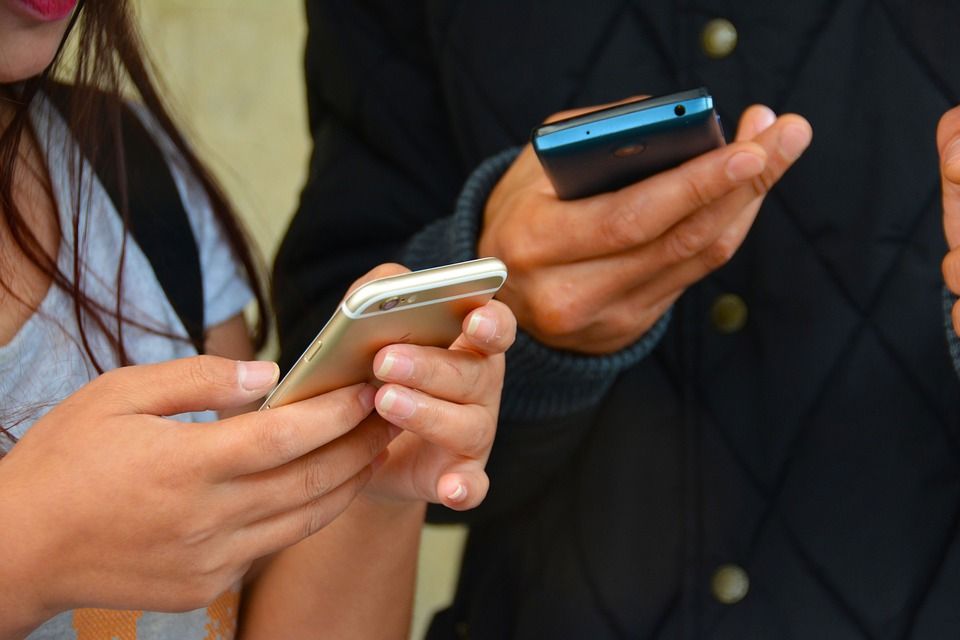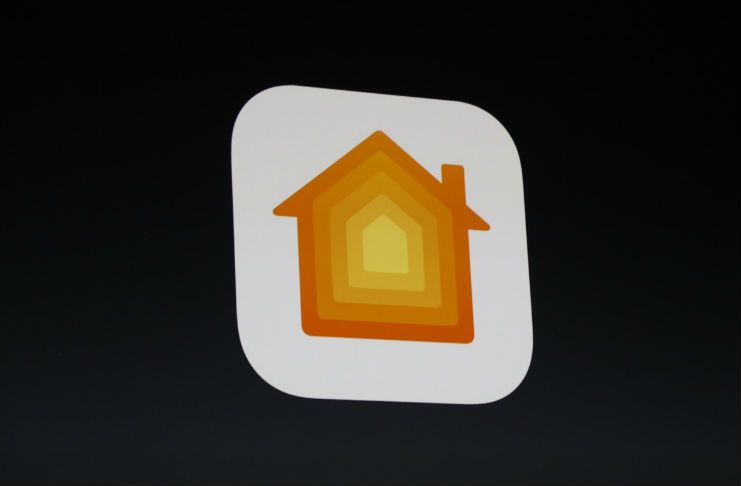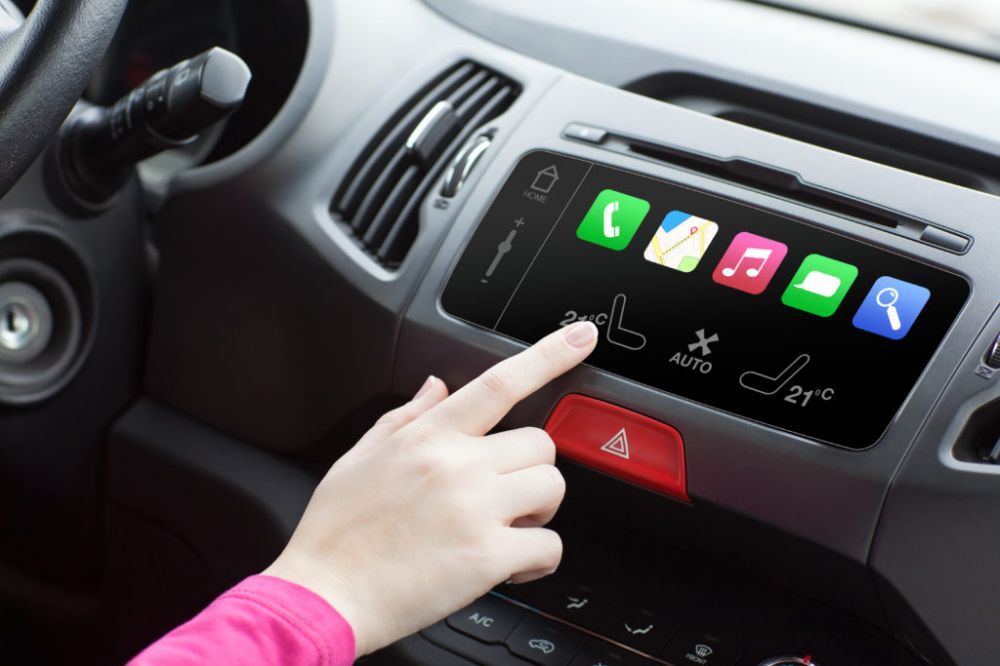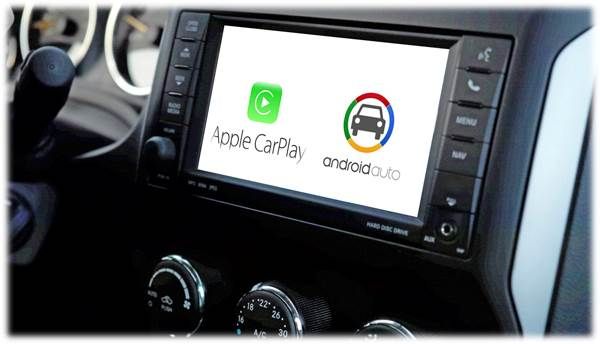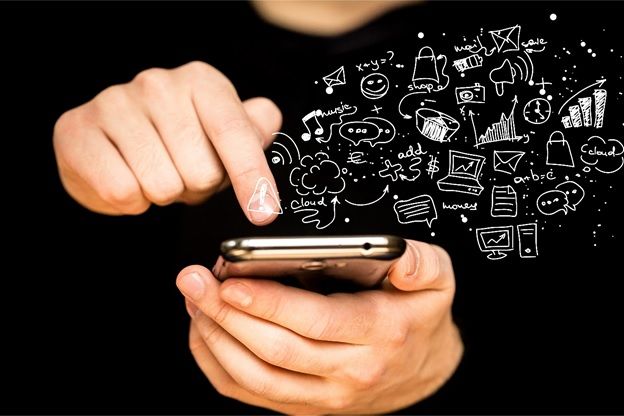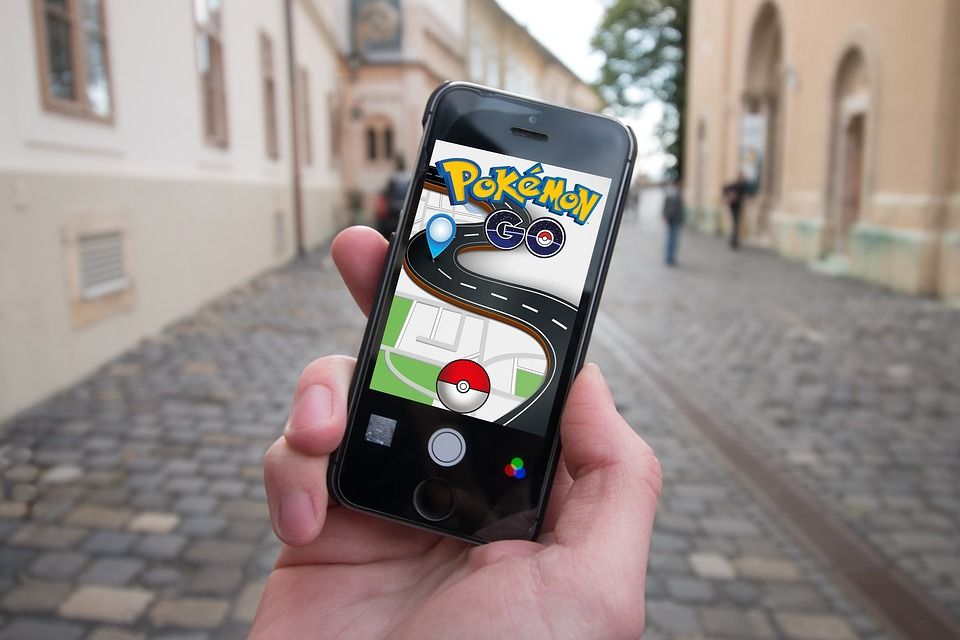By: Vince Kattoula
People like their phones. This is no secret. The next time you’re at a restaurant, library, café, etc. take a look around and I bet you’ll see multiple people looking at their phones – even if they’re with others. So much so, that adults now spend about a third of their day using mobile devices. And 90% of time spent on mobile devices is spent in… *wait for it* …APPS. Because of this, marketers should definitely take advantage for a few key reasons.
Apps allow for business on-the-go. Mobile apps allow us to interact with businesses regardless of our location. Want to order a pizza? Just pull out your smartphone to access any one of the many dedicated pizza apps out there, such as Domino’s or Hungry Howie’s. You can do this while hanging out at a friend’s house (or your own), during your lunchbreak at work, while studying on campus, etc. What this means for businesses is having an app for your brand increases the likelihood that consumers will interact with you.
Apps help boost engagement. We’ve mentioned before that mobile can help connect your message to your local audience. Using beacon technology, apps have the ability to offer specific advantages to users depending on their location. For example, a retailer can install these beacons so that their specific location can be identified to a mobile device. Once an app recognizes that consumers are in this certain location, coupons or other reminders can be delivered right to their smartphones. This makes it easier, and more convenient, for consumers to interact with the company, and will likely increase the business’ reach and engagement.
Apps help increase repeat visits. Since companies are able to send alerts and notifications directly to consumers’ smartphones, it’s not hard to understand why the possibility of repeat visits increases. Apps are simple and convenient, and the benefits they provide to businesses and consumers are virtually endless. So, we have one question for you: Does your business have an app?
To find out more about increasing your mobile app’s potential, give us a call at 248-353-9030 or email us at sales@jacapps.com.
